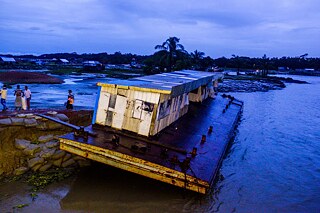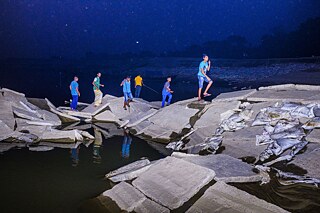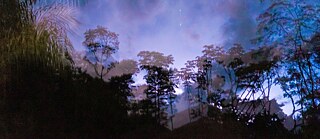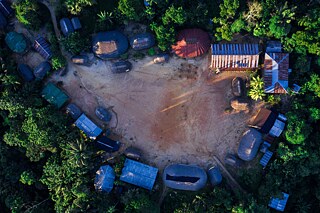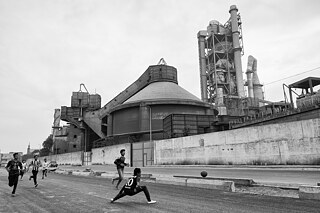Take Me to the River
A Living Archive
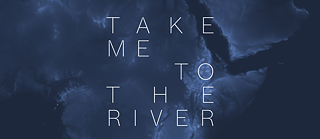
In the online exhibition Take Me to the River by the Goethe-Institut and Prince Claus Fund, artists explore the consequences of climate change for indigenous peoples. The curator Maya El Khalil and her assistant Danielle Makhoul spoke about the interface of art and sustainability and the importance of indigenous perspectives in art.
By Natascha Holstein
Ms Khalil, Ms Makhoul, what role do you believe art plays in the climate and sustainability debate?
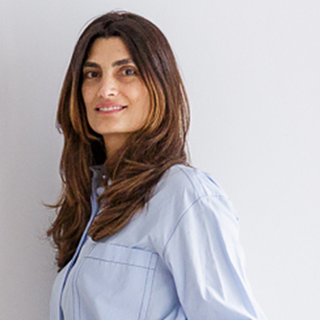

Marta Andreu, the founder of Residencias Walden, a residency programme for documentary filmmakers in Latin America, said something in one of our conversations that Maya and I never forgot: “If you understand that a tree is a living being and not an object that is available to you at will, then you also understand that you should not abuse it, but should respect it.” That’s what this project is about: Viewers should be moved at the emotional level to perceive a landscape as a subject and not an object. And that’s exactly what art can do.
Maya El Khalil: We tried to bring together new concepts, new ways to quantify the climate crisis and inspire action. The projects in the exhibition are not only conceived collectively, they create worldviews that go beyond rigid individualism. Each project presents a new perspective from which we need to reformulate our relationship to the climate emergency. Each project draws on the perspectives of communities severely affected by climate change. These communities are suffering, but they also have an intimate and irreplaceable knowledge of their environment.
I’d say this exhibition is an exercise in listening: to other voices, to diversity, to the planet. The online presentation allows us to reach a larger audience worldwide and it lasts longer than a physical exhibition.
Danielle Makhoul: The transition from a physical to a digital exhibition was certainly not easy for us at first. However, as we took a closer look at the works, we realised that many of these projects are about communities that live extremely withdrawn from the rest of the world. And with the ongoing pandemic, the distance to them has increased even further and their regions are even harder to reach than before. Yet today we’re networked – digitally – better than ever. And as Maya said, an online exhibit like Take Me to the River works like a living archive that can be accessed by far more people who are even further apart.
How can the debate benefit from indigenous perspectives and why is art so well suited to expressing these perspectives?
Maya El Khalil: We can learn a lot from indigenous communities and one thing in particular: Nature has rights. This has since been recognised in some court rulings: Rivers have the right to flow, forests have the right to breathe. The Kichwa people, for example, whom Misha Vallejo portrayed in his project, believe in a “living forest”: a living forest that reacts to everything. The forest is a living being with a consciousness, it is a store of knowledge that is passed on by the elders to the new generations. When this chain is broken, the knowledge is lost. The natural balance of the universe, the harmony of life, the existence of living beings depends on this knowledge, on a relationship of respect and balance between all beings. Believing in such a symbiosis is my most important learning experience. Art has created a “space” in which alternative worldviews are brought together in order to understand the climate catastrophe – spaces beyond the boundaries of science and politics.
